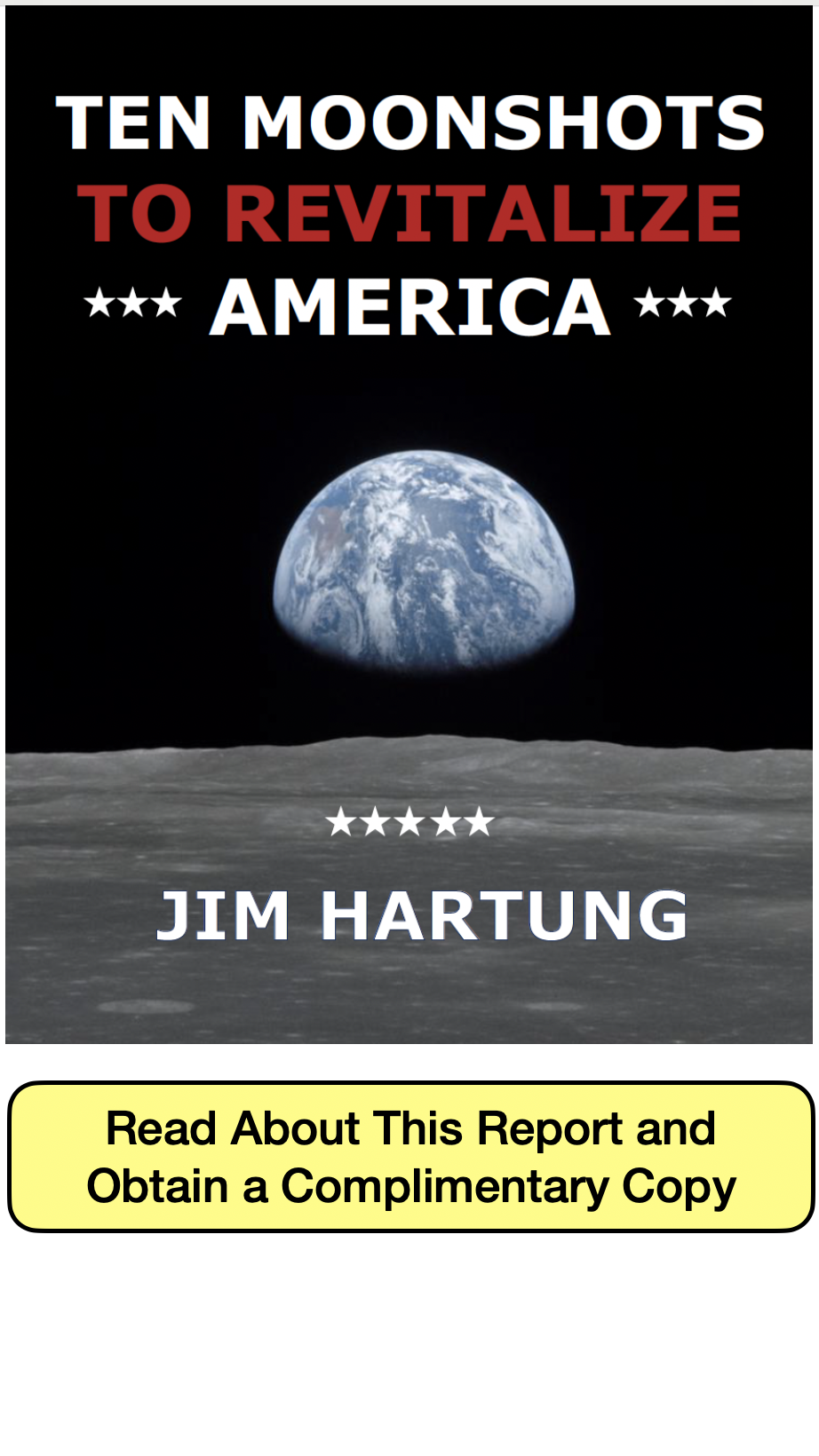Questions 6 and 7
Question 6: Why is the proposed tax system better than the current tax system?
Answer: My proposed tax system addresses all major weaknesses of the current tax system. It achieves all of the following objectives: (1) balances the federal budget, (2) funds universal health care, (3) simplifies the tax code, (4) makes Social Security financially sustainable, (5) addresses the problem of economic inequality, and (5) increases investment in education and infrastructure. In addition, my proposed tax reform reduces tax rates, addresses climate change, and increase tax transparency. Finally, my proposed tax reform can potentially receive bipartisan support, since it achieves the most important objectives of both Republicans and Democrats.
Question 7: Why is the proposed tax reform better than other tax reform proposals developed in the past 30 years?
Answer: The last major bipartisan tax reform was enacted in 1986, more than 30 years ago. Since then, many politicians, policymakers, and think tanks have developed bipartisan tax reform proposals. None have been enacted. So what makes my proposed tax reform different?
First, Rational Tax Reform proposes a totally new approach (systems engineering) to achieve nonpartisan tax reform. It is different from all other tax reforms proposed in the past 30 years because it is not just a tax reform proposal, but also a multi-year bipartisan process (systems engineering) to develop and implement tax reform—and continuously improve the tax code.
Second, Rational Tax Reform is more radical and transformative. Other proposed tax reforms have been more incremental. Bold ideas often excite and motivate people. Rational Tax Reform could make the United States a much better country by balancing the federal budget, strengthening the social safety net, and providing a solid foundation for future economic growth. By reducing tax avoidance, tax evasion, and political corruption, it could help restore the public’s faith in government.
When I first developed my proposed tax reform, I thought it might be too radical to be implemented in a single tax reform bill. But as I studied the history of taxation, I realized that the most successful tax reforms have all been radical. Experience shows that radical tax reform is often easier than incremental tax reform. The following quotes illustrate this:
1. New Zealand parliamentarian Maurice McTigue explained how they were able to replace their decrepit tax code with a new tax system: “A key reason was that we did it big. We changed almost everything at once. And that’s an important lesson: if you’re going to do tax reform, you’d better make it a large tax reform. That way, for every change a taxpayer doesn’t like, there’s something else in the package that he wants.”
2. Senator Bill Bradley made the following statement after the U.S. implemented the Tax Reform Act of 1986: “You can’t just tinker. Facing a huge, almost incomprehensible system, you have to take it on. Your goal has to be to fix the whole damn thing.”
No one who reviewed Rational Tax Reform prior to publication commented that my proposed tax reform is too radical. This surprised me, but it is consistent with the lessons learned from the history of taxation. So, after studying past tax reforms and receiving feedback from reviewers, I think my proposed tax reform is not too radical. In fact, its greatest strength may be that it is radical.

